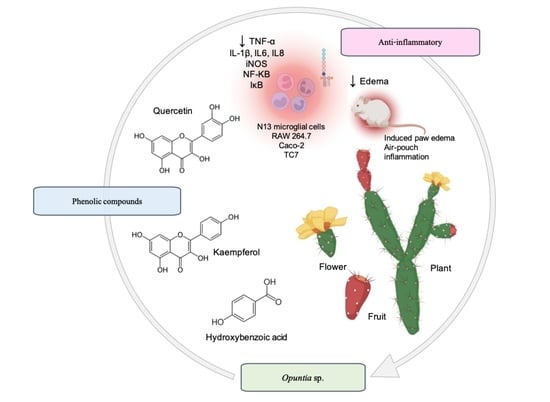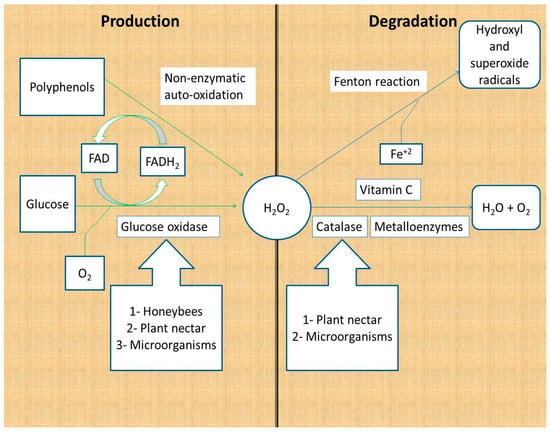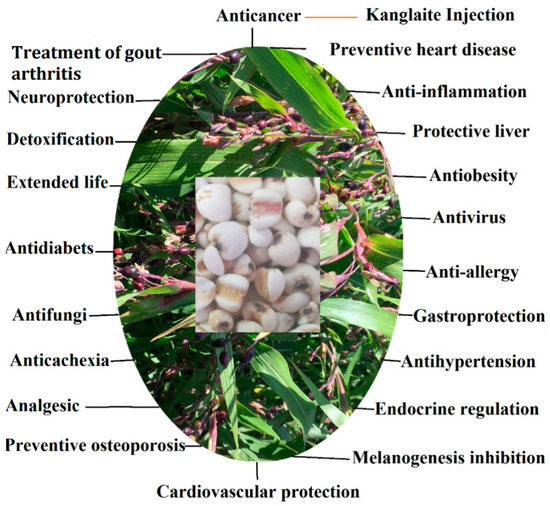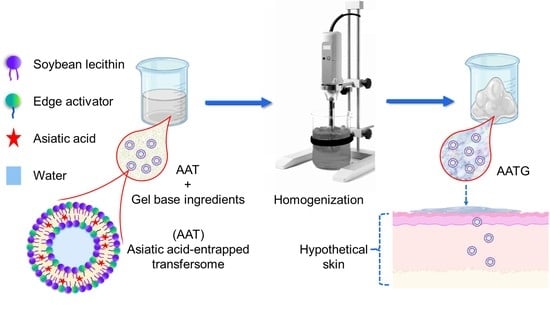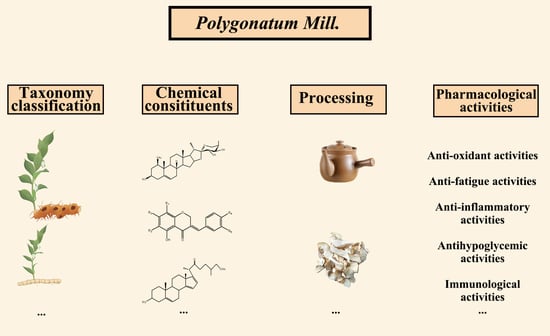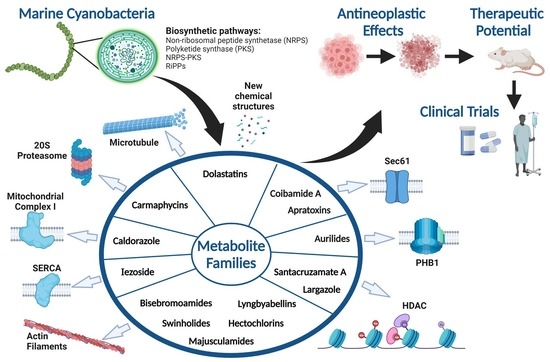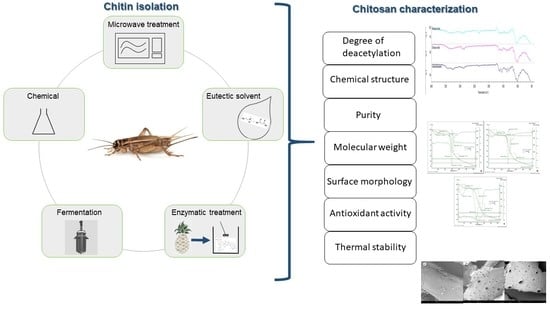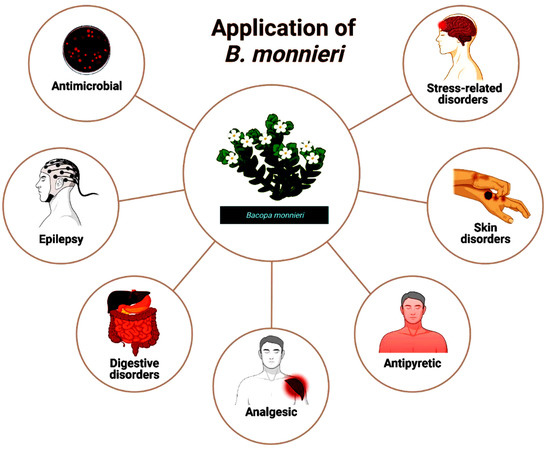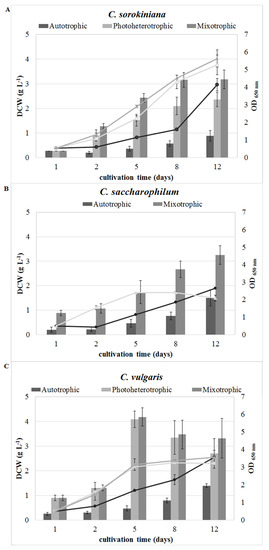Molecules 2022, 27(15), 4952; https://doi.org/10.3390/molecules27154952 - 3 Aug 2022
Cited by 36 | Viewed by 3352
Abstract
►
Show Figures
Lycium barbarum leaves are a kind of vegetable, and modern nutrition studies have found that they have an anti-aging function. Our study aims to investigate the anti-aging effects of Lycium barbarum leaf flavonoid (LBLF) extracts and its underlying molecular mechanism. LBLFs were purified
[...] Read more.
Lycium barbarum leaves are a kind of vegetable, and modern nutrition studies have found that they have an anti-aging function. Our study aims to investigate the anti-aging effects of Lycium barbarum leaf flavonoid (LBLF) extracts and its underlying molecular mechanism. LBLFs were purified using D101 and polyamide resin, characterized by ultraperformance liquid chromatography coupled with mass spectrometry, and administered to hydrogen peroxide (H2O2)-treated human umbilical vein endothelial cells (HUVECs) and Caenorhabditis elegans. Appropriate enrichment conditions were optimized through dynamic adsorption and desorption experiments, the content of flavonoids reached 909.84 mg/g, rutin and kaempferol being the main ones. LBLFs attenuated H2O2-induced HUVEC apoptosis, decreased reactive oxygen species and malondialdehyde production levels, increased superoxide dismutase, glutathione peroxidase and catalase activities. Furthermore, pre-treatment with LBLF increased mRNA expression of erythropoietin (EPO) and heme oxygenase-1 (HO-1) via the mitogen-activated protein kinase (MAPK) signaling pathway in HUVECs. Compared with 100 µM rutin monomer, LBLF prolonged the lifespan of Caenorhabditis elegans, enhanced their mobility in middle life stages and upregulated expression of sod-2, gcs-1 and skn-1 genes, which indicated that the anti-aging effects of LBLF were due to its redox-modulation.
Full article

